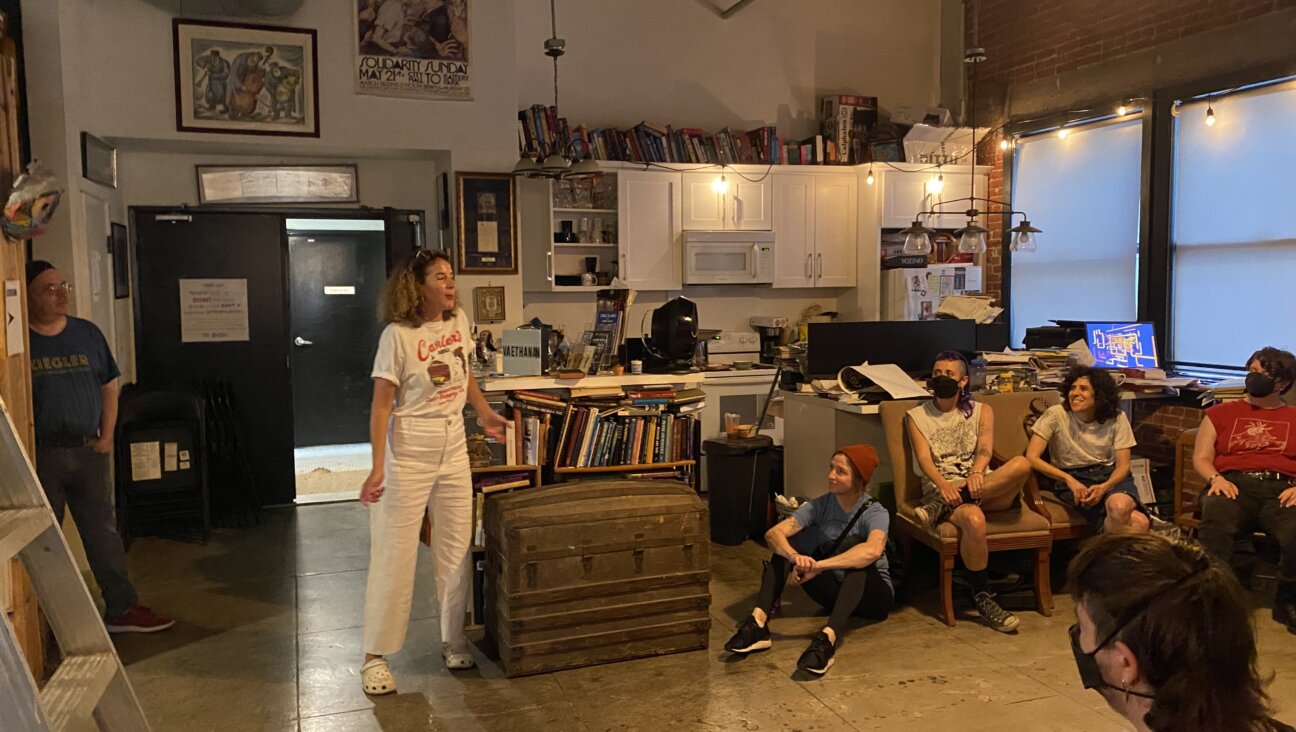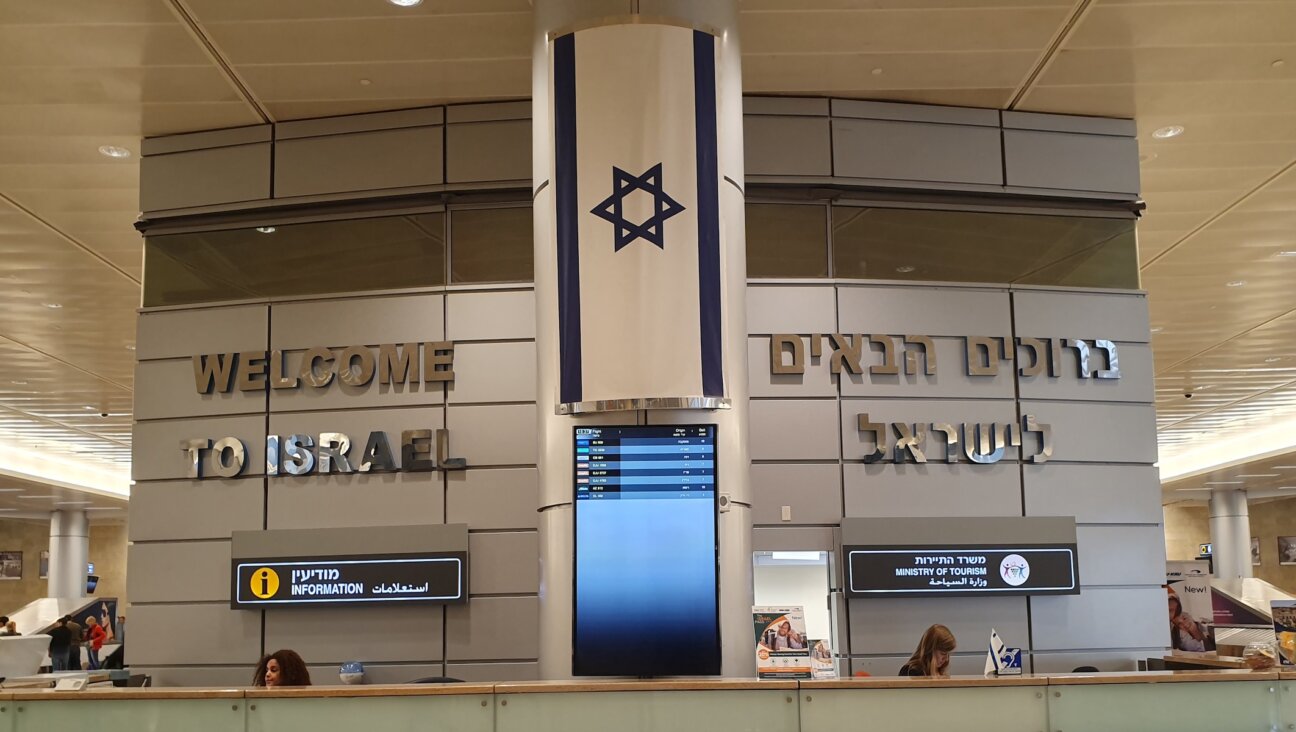Slice of Bread for LGBT Jews and All the Excluded

Single Slice? The rabbi who wrote ?Like Bread on the Seder Plate: Jewish Lesbians and the Transformation of Tradition? never meant for bread to end up on the Seder plate. So what did she mean? Image by treehouse1977 via flickr
Jews who want to challenge the community use foods as a way symbolizing those challenges on the most heartfelt of Jewish rituals: the Passover seder. Each day, we will examine a different food and what it means.
In 1997 I wrote a book with the title “Like Bread on the Seder Plate: Jewish Lesbians and the Transformation of Tradition.” The book was about how we Jewish lesbians had begun to claim our place in the Jewish community by reinterpreting traditions, as the half of the title after the colon suggests. But the provocative words before the colon had a different purpose. Saying that lesbians identified with what it would feel like to be “bread on the Seder plate” was meant to draw attention to how unwelcome they felt in the Jewish world at that time.
For the record, neither at my own Seder nor at any Seder conducted by any lesbian I know was bread ever placed on the Seder plate. The idea was so alien that my editor could not even find a Jewish person on staff to donate a Seder plate for the simulated image on the book’s cover. (I shipped them my own Seder plate after being assured that bread never touched it.) I will admit that the year the book came out, we did put it on the Seder plate, but that’s as far as it went.
So if the purpose was not to make a ritual of bread on the Seder plate, what’s this all about? Like many things Jewish, it started with a story.
In 1979 a rebbetzin from the local chapter of Chabad in Berkeley gave a talk at the local Hillel about women in Halacha. When someone asked about lesbians, she (correctly) described sex between women as a minor transgression in Jewish law and likened it to eating bread during the week of Passover. The Jewish lesbians who heard her took the analogy to heart, and discussed putting a crust of bread on their Seder plate that year to symbolize their anger at feeling like outsiders in the Jewish community.
This story traveled far and wide and became part of several lesbian Haggadot. Like all good Jewish stories, it was transformed into a midrash about a “Febrente Rebbe” who declared, “There is as much place for lesbians in Judaism as for leavened bread at the Seder table,” and about the group of women who, in response, defiantly added a crust of bread to the Seder plate to make their presence felt in a world where they were being told they did not belong.
The world has changed radically since that time, and lesbians have been welcomed into the liberal Jewish world with open arms. And while there are still “Febrente Rebbes,” there are also Orthodox lesbians. While this transgressive tale contributed to raising awareness and making these changes happen, one might argue that the problem is solved and the bread no longer serves a purpose.
But today there are other groups of Jews (transmen and women, Jews of color, patrilineals and anti-Zionists, for example) who seek a place at the Passover table and don’t always feel welcome. I commend this ritual to them.
Rebecca Alpert is a Reconstructionist rabbi and associate professor of religion at Temple University.
A message from our CEO & publisher Rachel Fishman Feddersen

I hope you appreciated this article. Before you go, I’d like to ask you to please support the Forward’s award-winning, nonprofit journalism during this critical time.
At a time when other newsrooms are closing or cutting back, the Forward has removed its paywall and invested additional resources to report on the ground from Israel and around the U.S. on the impact of the war, rising antisemitism and polarized discourse.
Readers like you make it all possible. Support our work by becoming a Forward Member and connect with our journalism and your community.
— Rachel Fishman Feddersen, Publisher and CEO























